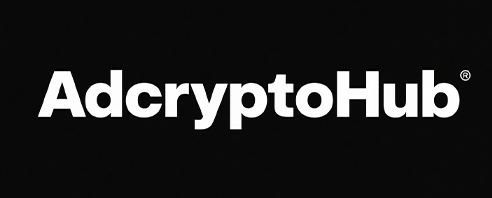
Blockchain Media Content Optimization Implementation Law: A Game-Changer for the Future
In the rapidly evolving digital landscape, the intersection of blockchain technology and media content is reshaping how we consume information. The advent of the "Blockchain Media Content Optimization Implementation Law" marks a significant milestone in this transformation. As a seasoned content creator with over a decade of experience, I'm excited to delve into how this law will impact the industry and what it means for content creators and consumers alike.
The Pioneering Law: What It Stands For
The Blockchain Media Content Optimization Implementation Law is a groundbreaking piece of legislation that aims to regulate and enhance the quality of media content distributed through blockchain platforms. This law is a response to the growing concern over the authenticity and quality of information shared on these platforms. By setting clear standards, it ensures that users receive high-quality, reliable content.
The Challenges of Media Content on Blockchain Platforms
Before we dive into how this law will change things, let's acknowledge the challenges that have been prevalent in the media content landscape on blockchain platforms. Issues such as misinformation, low-quality content, and lack of transparency have been persistent problems. The absence of robust regulation has only exacerbated these issues.
How the Law Will Revolutionize Content Creation
Ensuring Authenticity
One of the primary goals of this law is to ensure authenticity in media content. By requiring creators to use blockchain technology to verify their work, it guarantees that users receive accurate information. This shift will likely lead to an increase in trust among users, fostering a more reliable information ecosystem.
Quality Control
The law also mandates strict quality control measures for all content distributed on blockchain platforms. Creators will be expected to adhere to certain standards regarding content accuracy, relevance, and overall value. This will undoubtedly raise the bar for content creation across the board.
Transparency in Monetization
Another critical aspect of this law is its focus on transparency in monetization. Creators will be required to disclose how they generate revenue from their content, ensuring that users are fully aware of any potential conflicts of interest.
Case Studies: Real-World Impacts
To illustrate the potential impact of this law, let's look at two case studies:
Case Study 1: A Shift Towards Higher Standards
Imagine a scenario where a popular news outlet has been struggling with credibility issues due to its association with questionable sources. With the implementation of this law, they are now compelled to verify all sources before publishing articles. As a result, their credibility improves significantly, leading to an increase in readership and brand loyalty.
Case Study 2: Empowering Independent Creators
Consider an independent creator who has been struggling to make ends meet due to limited exposure and monetization opportunities. The Blockchain Media Content Optimization Implementation Law provides them with a platform where they can showcase their work with increased visibility and fair compensation for their efforts.
Conclusion: A New Era for Media Content on Blockchain Platforms
The Blockchain Media Content Optimization Implementation Law is set to revolutionize how we approach media content distribution on blockchain platforms. By addressing key challenges such as authenticity, quality control, and transparency in monetization, it paves the way for a more reliable and trustworthy information ecosystem. As we move forward into this new era, it's crucial for both creators and consumers to embrace these changes and adapt accordingly.

 한국어
한국어
 简体中文
简体中文
 English
English
 繁體中文
繁體中文
 日本語
日本語
 Español
Español
 Français
Français
 Deutsch
Deutsch
 Italiano
Italiano
 Русский
Русский
 Português
Português
 العربية
العربية
 Türkçe
Türkçe
 ภาษาไทย
ภาษาไทย
 हिंदी
हिंदी
 Bahasa Indonesia
Bahasa Indonesia
 Tiếng Việt
Tiếng Việt







